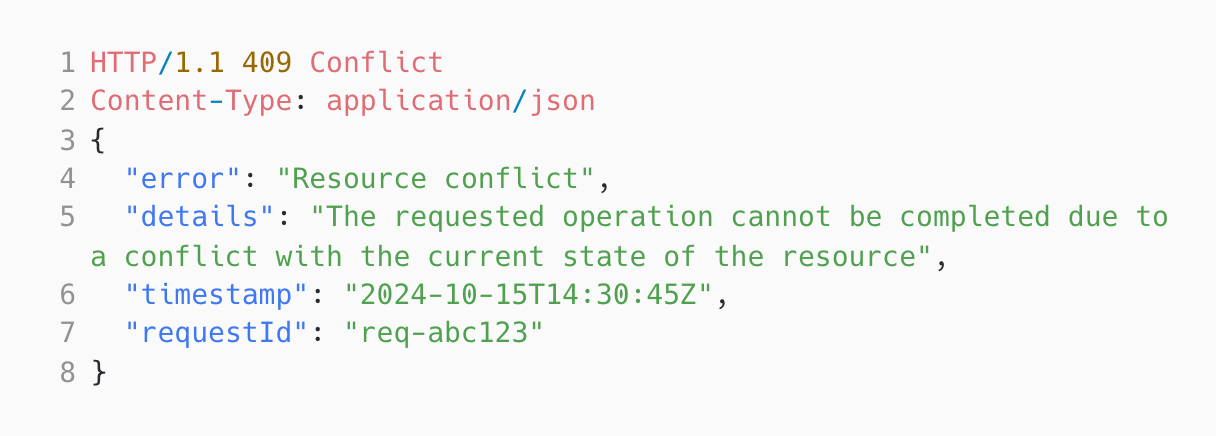SOAPUI: SOAPUI is a widely used open-source tool for testing, validating, and simulating SOAP and RESTful web services. It provides a user-friendly interface for creating and executing test cases, making it easier to validate the functionality and performance of web services.
API Testing: API testing involves validating the functionality, reliability, security, and performance of APIs. It helps identify issues such as incorrect responses, slow response times, security vulnerabilities, and more, ensuring that APIs meet the required specifications.
Web Services: Web services allow different applications to communicate and exchange data over the internet. Testing web services ensures that they are working as intended, validating the integration and interoperability between systems.
XML: XML (Extensible Markup Language) is commonly used to structure, store, and transport data. Testing XML involves verifying the validity and accuracy of XML documents, ensuring that they conform to the specified schema and contain the expected data.
RESTful APIs: RESTful APIs (Representational State Transfer) are widely used for building scalable and lightweight web services. Testing RESTful APIs includes validating the HTTP methods, response codes, format, and conventions, ensuring that the APIs adhere to REST principles.
Request and Response: Request and response testing involves examining the input requests and expected output responses of web services. It helps ensure that the requests are correctly formed and that the responses meet the required specifications, including data format, status codes, and headers.
Assertions: Assertions in testing are used to verify specific conditions or behaviors in a test case. In the context of API testing, assertions help validate the expected results, such as checking whether certain fields are present, data matches expected values, or response times are within specified limits.
Data-driven Testing: Data-driven testing involves using external data sources to drive test cases. It allows for testing a system with different inputs and validating the expected behavior based on the provided data, increasing test coverage and uncovering potential issues.
Security Testing: Security testing involves assessing the vulnerability of web services to potential threats and attacks. It helps identify security weaknesses, such as authorization or authentication flaws, data leakage, and other security-related issues, ensuring that the APIs are protected against potential breaches.
Error Handling: Error handling testing focuses on validating the behavior of web services when encountering errors or exceptions. It ensures that the services handle unexpected situations gracefully, providing appropriate error messages and status codes, and preventing system failures or data loss.
Performance Testing: Performance testing evaluates the responsiveness, scalability, and stability of web services under expected and peak load conditions. It helps identify performance bottlenecks, such as slow response times, high resource usage, or poor scalability, ensuring that the services can handle anticipated usage and provide a satisfying user experience.






















































